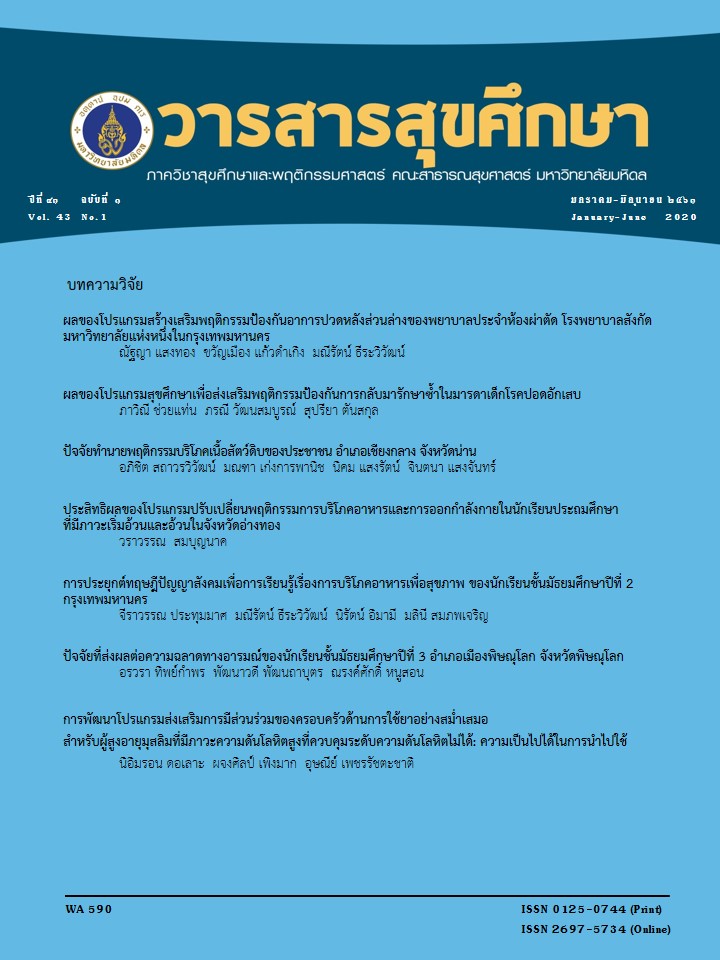Guideline of the Art Programming Structural Model Design to Enhance Self-Esteem in Dysfunctional Families’ Children with Art as Therapy Concept
Main Article Content
Abstract
This review article aims to present a feasibility guideline for the design of the model of the structure of the art program of art as therapy activities for self-esteem enhancing in children from dysfunctional families. As these children are suffered from dysfunctional family problem, i.e. domestic violence, the broken family problem which affects their mental condition and projected into possible disturbed characteristics and attitudes; these maybe later a cause of a social problem. Since unhealthy issues from this problem are arisen, and searching for an opportunity to flourish children sustainably should be accounted for promptly. Self-esteem is accounted to be an essential key to exalt these children to be valued spiritually. Whiles, art as therapy is considered to be a tool for detracting what hidden in mind without a need for the psychotherapy procedure in order to open their mind to a happiness fulfilment by positive psychology. The programming structure is segregated into four phases as a journey through the program, which are the introduction, past thinking, present thinking and future thinking. The introduction guided participants to the program by offering self-adjustment and working within a group. The past thinking presented a projection of inspired experiences and impressive memories that influences a self-values realization by identifying participants’ strengths in the present thinking phase. Finally, the future thinking motivated the participants to set their life goals and the ability of achievement. The program was designed to avoid the reference of participants’ trauma. However, the possibility of unpredictable affect can occur at any time during the program attendance, so directive supervision from specialists was needed for applying this structure to further utilization.


